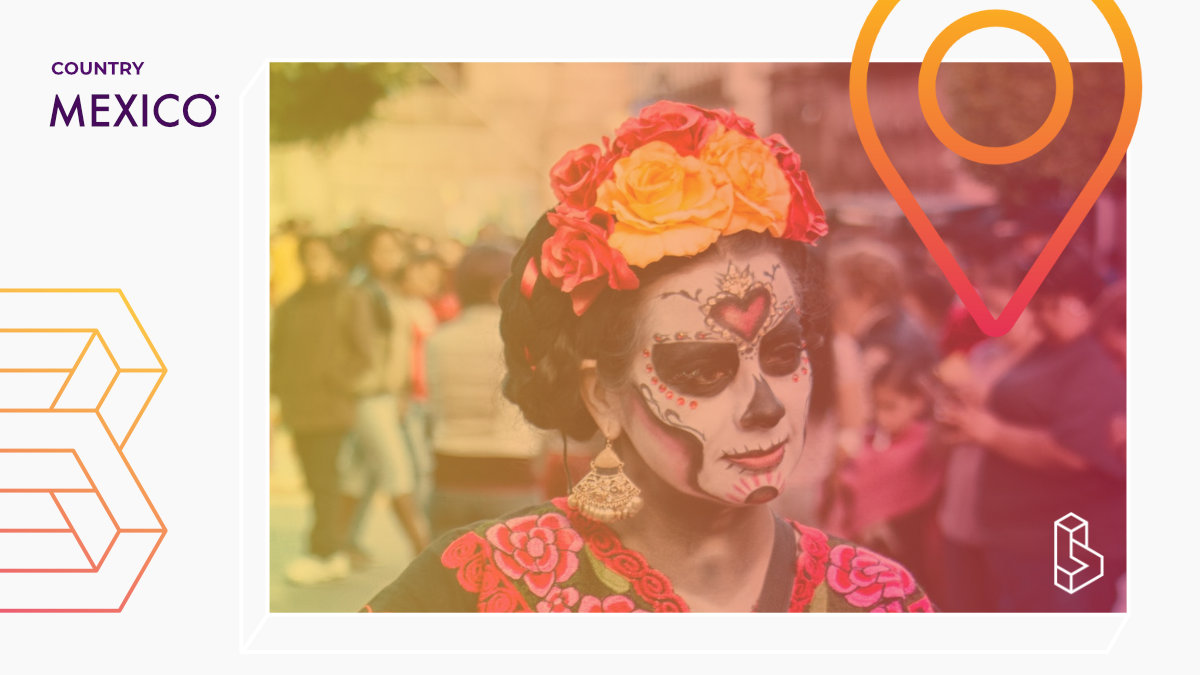Mexico has one of the richest histories in the world regarding psychedelics. This history stems from the many indigenous communities that have used psychedelic plants and fungi for thousands of years for religious and spiritual purposes. Today, psychedelics remain reasonably accessible in Mexico as they are ingrained in its culture. Several clinics and retreats exist offering psychedelic therapy to people from all over the world.
Psychedelics in Mexico: A Brief History
Hallucinogenic cacti, plants and mushrooms were used to induce altered states of consciousness in healing rituals and religious ceremonies by various indigenous Mexican cultures long before these substances were introduced to the western world.
The Maya drank balché (a mixture of honey and extracts of peyote) in group ceremonies to achieve intoxication. Olmec, Zapotec, Maya and Aztec communities used peyote, mushrooms and the seeds of ololiuhqui (Turbina corymbosa), which contain mescaline, psilocybin and lysergic acid amide, respectively. These communities have also used the venom from the toad Bufo alvarius since the Olmec period, which is now known to contain 5-MeO-DMT. These communities had a strong spiritual connection to these plants in so far as psilocybin mushrooms were known as teonanacatl, which translates to “God’s flesh.”
The Mexican curandera Maria Sabina first introduced the western world to psilocybin mushrooms. She is famed for giving R. Gordon Wasson his first psychedelic visit when he visited Mexico in the 1950s. Wasson’s 1957 article in LIFE magazine “Seeking the Magic Mushroom” piqued the curiosity of the American public at the time and inspired many others to visit Mexico in search of similar psychedelic experiences.
Psychedelics in Mexico Today
Despite a rich history of psychedelics in Mexico, they are, for the most part, illegal. The major exception to this falls under Article 195 bis of the Federal Penal Code, which specifies that authorities can’t prosecute you if your psilocybin mushrooms are for traditional spiritual practices or ceremonies. The use of 5-MeO-DMT is also permitted for such purposes. Ketamine is also legally available in Mexico, providing you obtain appropriate authorization from a medical professional. These laws have created a “psychedelic tourism” industry whereby people travel from countries where these substances are highly controlled in search of the therapeutic benefits of these plants.
Many psychedelic retreat centres operate out of Mexico, given the legal status surrounding these drugs. These retreats can be found all over the country, and their popularity is growing exponentially as psychedelics have re-entered the mainstream. Many of these treats use an array of therapy styles, and in many cases, retreats are based around indigenous practices. Members of indigenous groups often guide psychedelic ceremonies like psilocybin, 5-MeO-DMT and ayahuasca. Although not native to Central America, ibogaine retreats are increasingly popular with psychedelic tourists.
Explore more info with a membership (any level)
🧑 Which companies & people work with psychedelics in Mexico
🔬 Trails & conferences taking place in Mexico
📈 In-depth psychedelic reports (Sprout & Tree)

